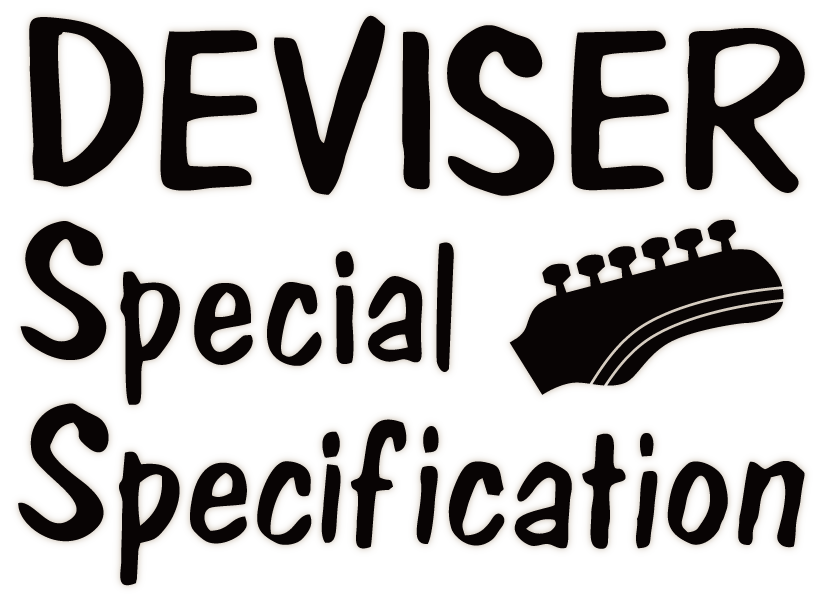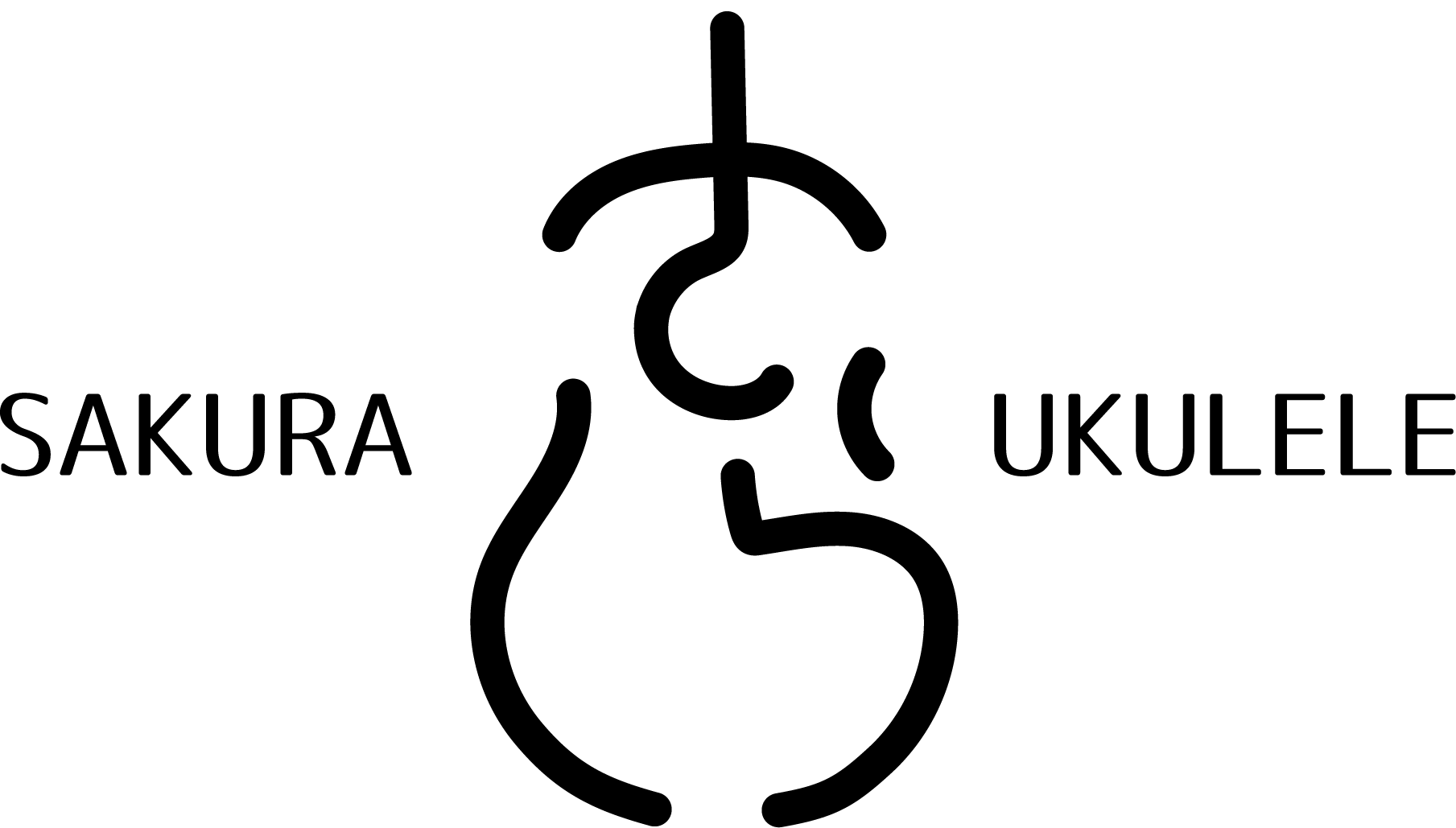A 24-Fret Vintage Bass?
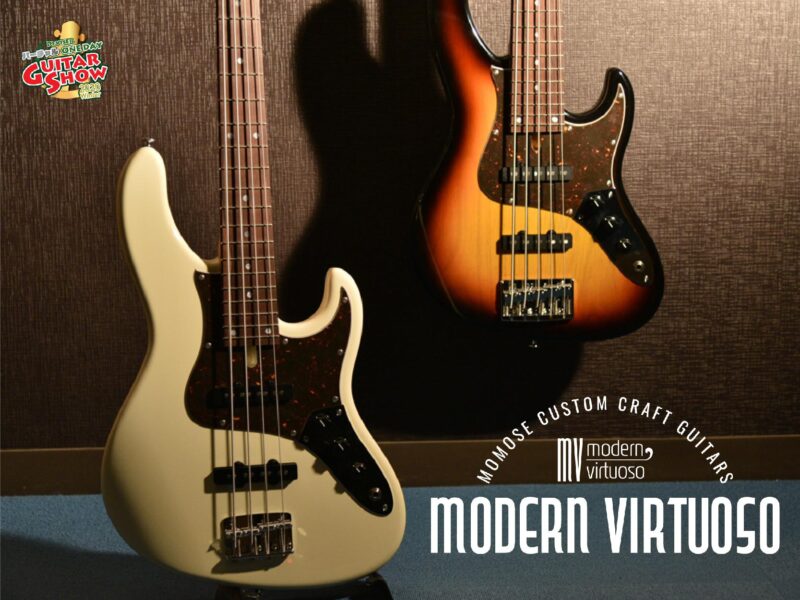
From the new -Modern Virtuoso- series, which brings out Momose’s unique colors and delivers it to modern musicians, we will release the first set of 24-fret Momose basses!
24-Frets Vintage oriented model
In general, 24-fret basses tend to sound different from the traditional vintage sound profile with fewer frets due to their structure. However, the theme for the development of this new MJ24 line was to create a 24-fret bass with a vintage feel and sound, which are Momose staples. In order to expand the range to the 24th fret while maintaining the appearance and sound character of the 20 and 21-fret bass, we have developed a new body shape from scratch while remembering to maintain a clean design in mind when it comes to the small details.
A traditional feel with an emphasis on the body shape
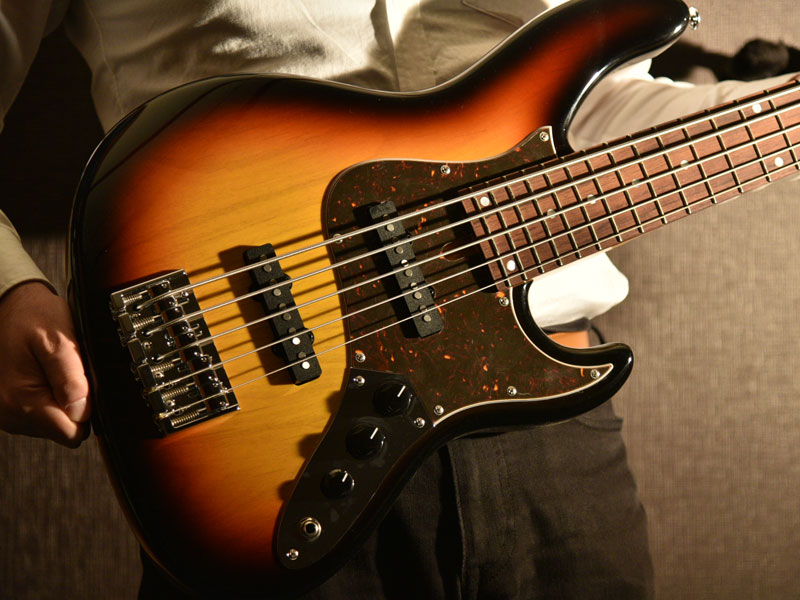
The desings to support high fret play
By chamfering the body edge with a rounded shape, we end up with a thicker design than what you would find in a regular 24F structure, but it retains a traditional feel to it.
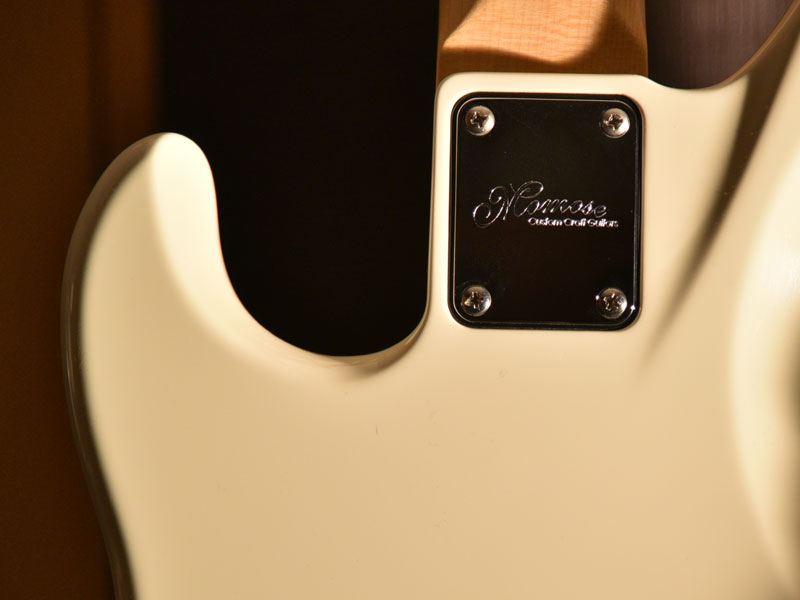
On the other hand, the contour on the back of the neck joint and the notch on the horn are designed to improve the playability of the higher frets, achieving a balance between appearance and playability.
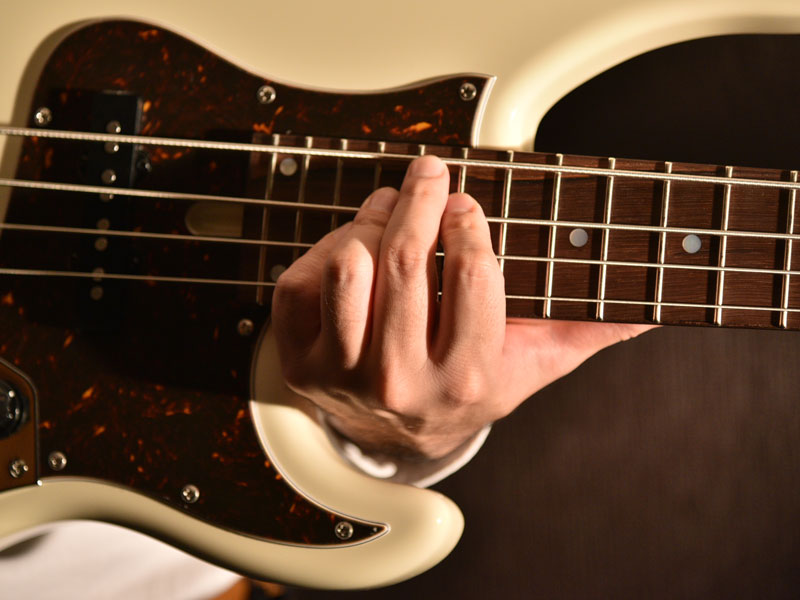
The notch on the back of the horn does not interfere with the movement of the left hand when pressing the bass strings in the high position, improving playability.
Enlarged “Large neck” joint area
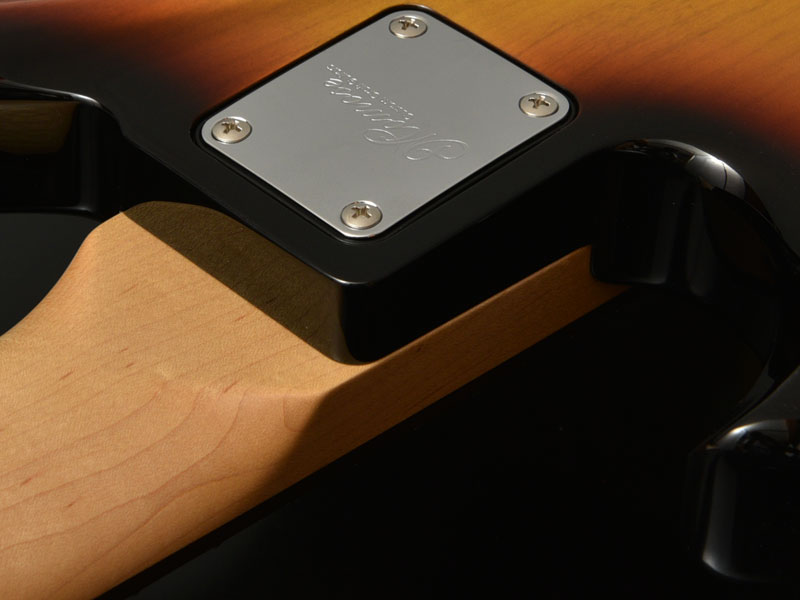
A typical 24-fret bass has a wide cutaway opening, which often reduces the joint area between the body and neck, and this structure gives a slightly thinner sound than a normal 20-fret or 21-fret bass. In this model, by adopting a “large neck joint” that has a wider joint area, a character tone that is moderately thick and close to the traditional JB style base is achieved.
“Completely Unchanged” parts placement
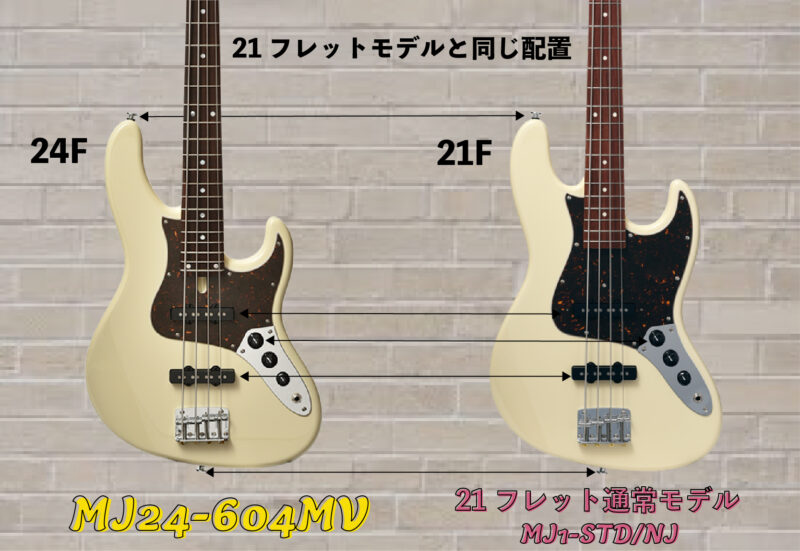
The position of the pickup, various control knobs, bridge, and strap pins are set as close as possible to the traditional 20 and 21-fret basses, so even players who are accustomed to the traditional style can feel comfortable with its design.
Quarter-sawn neck
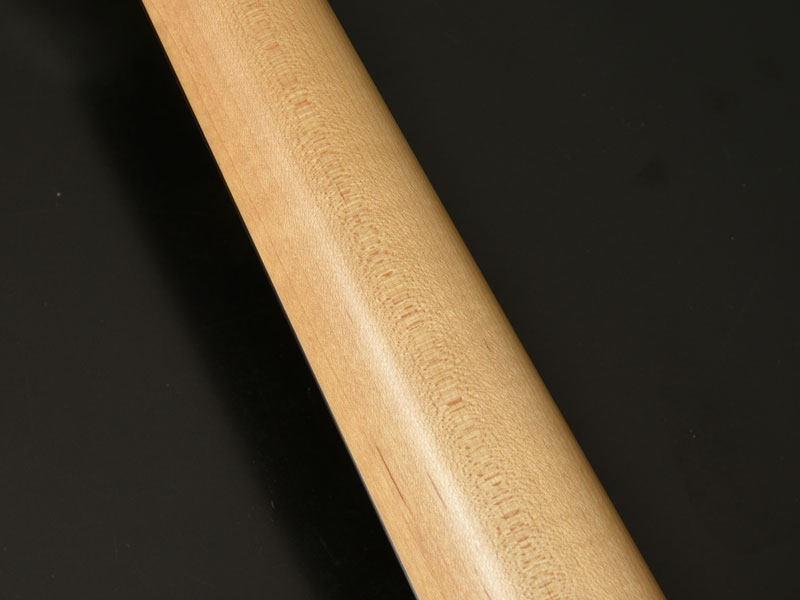
We use carefully selected quarter-sawn hard maple for the neck, which is quite valuable as a base neck material. It is highly resistant to vertical neck-warping and has a stability that allows you to play it with confidence for many years.
Pickup position
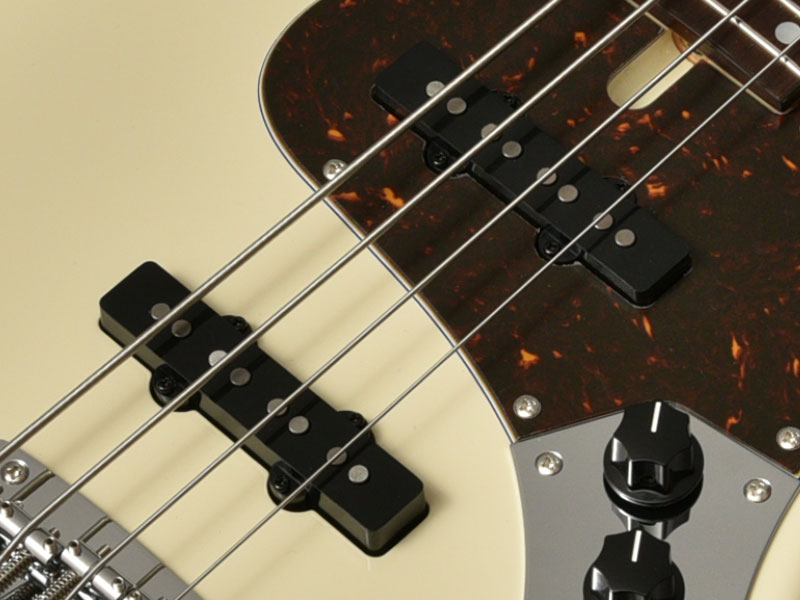
The position of the bridge pickup is different between the alder body 604 & 605 and the ash body 704 & 705. In the latter, which is a 70’s style model, the bridge pickup is placed about 1 cm closer to the bridge, producing a more trebly sound.
5-String models that can be strung through the body
Different types of GOTOH bridges are used for the 4-string and 5-string models. The 4-string ones use standard GOTOH / 203B-4 while the 5-string models use GOTOH / 404BO-5, which can be strung through the body.
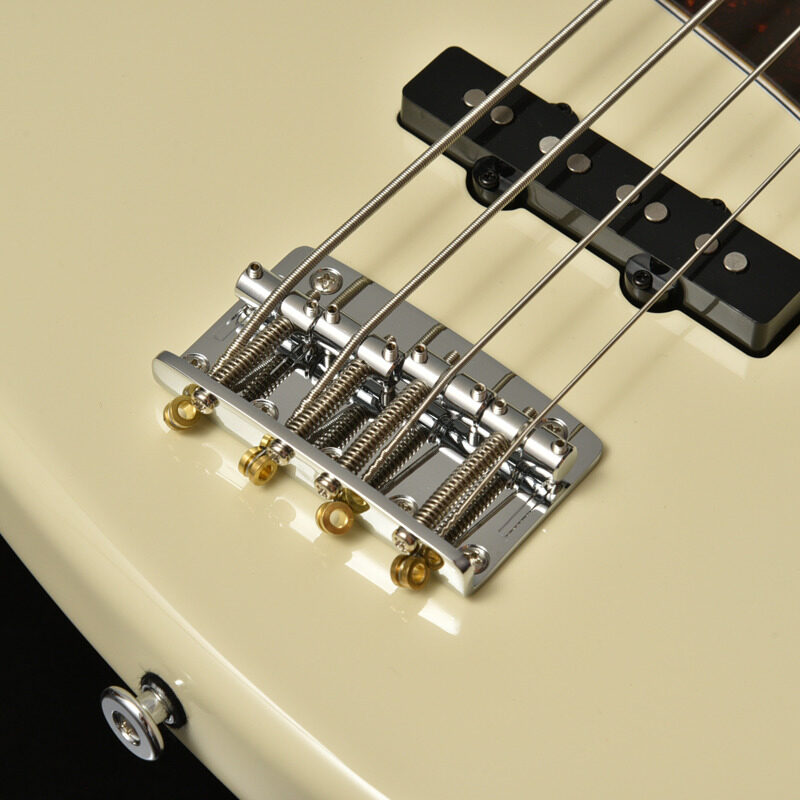
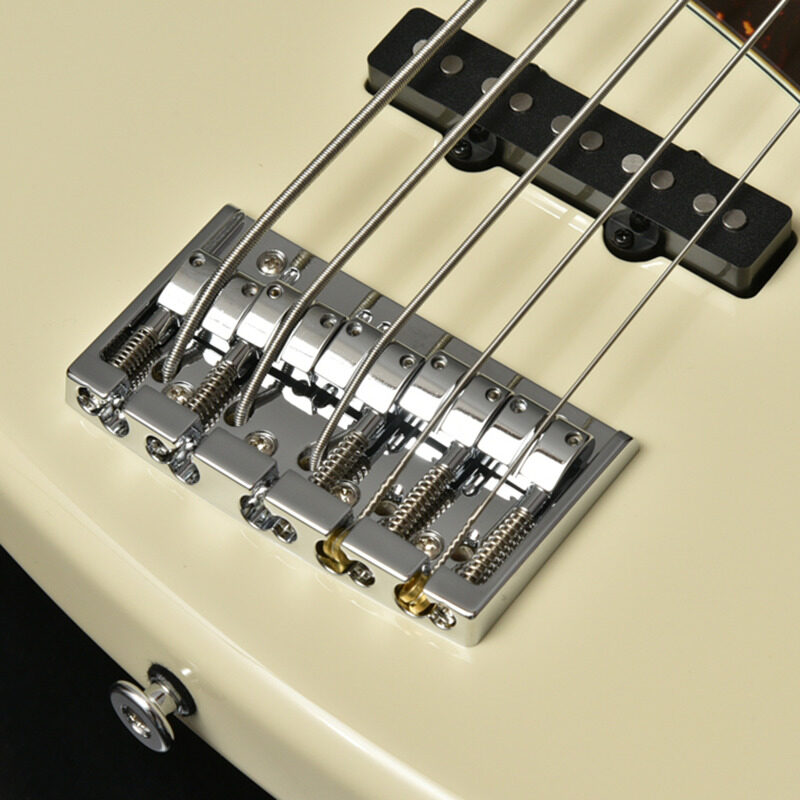
A Momose series that has been thoroughly tuned
Like the Momose Original series MJ1-STD, it has been designed with great attention to detail, such as the wood binding that uses the same material as the fingerboard, and an embedded neck joint plate.
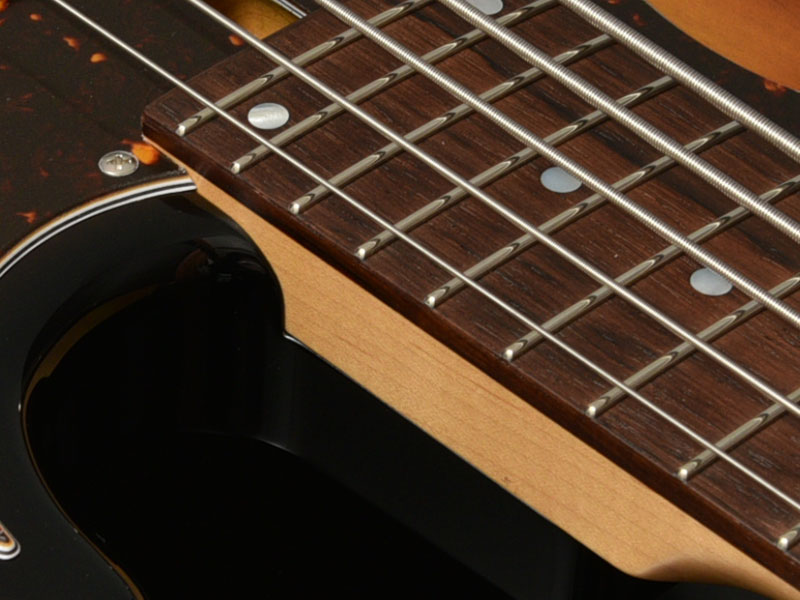
The binding encases the fretboard using the same wood as the fretboard, preventing problems such as fret burrs due to drying.
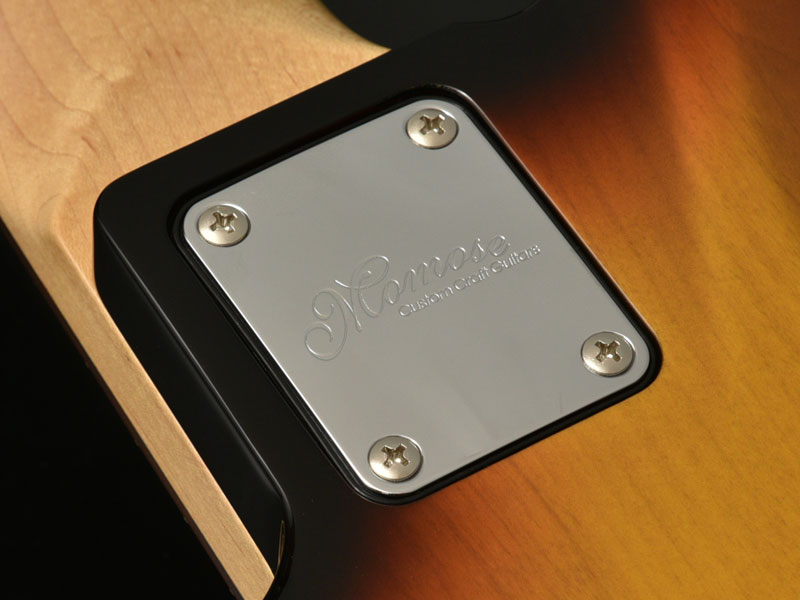
The neck plate is embedded into the body so that there is no height difference between them.

You can find a cavity for adjusting the truss rod at the body end. The large opening allows smooth rod adjustment. Of course, you don’t have to remove the neck to adjust it.

The renewed Modern Virtuoso logo is included on the headstock!!
Comments from Momose craftsmen who played a central role in the development of the MJ24
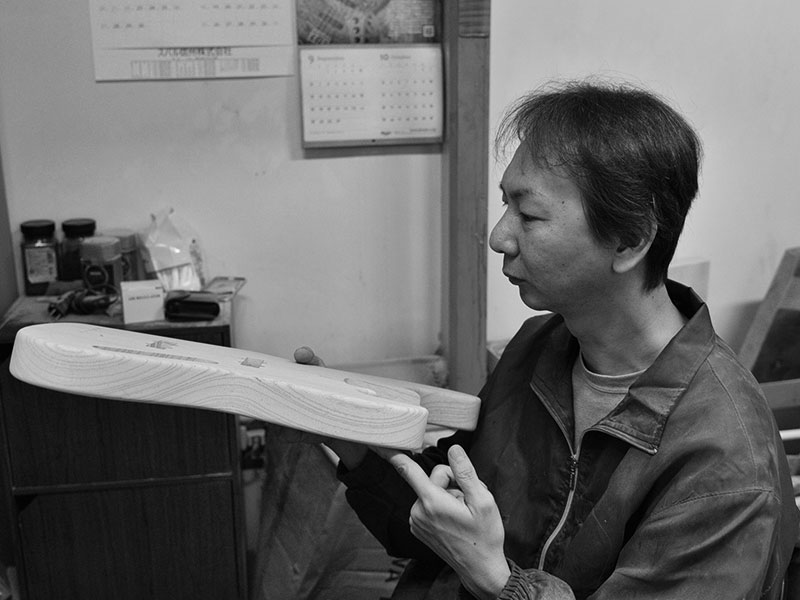
“The development of this model started with myself wanting a bass with a 24-fret configuration and wondering if such a concept would be achievable without any compromises. The most important thing we kept in mind during development was to maintain the traditional bass style. That’s why we took the decision to maintain all the part placement the same as the 20 and 21 fret models. We worked hard to expand the design to 24-frets while maintaining the sound and playability of a traditional 20-fret and 21-fret bass. A typical 24-fret bass tends to have a smaller neck joint area due to its structure, which seems to affect the sound more than we would initially expect. In order to overcome this point, we designed a wide joint area and aimed for a thick and solid tone. In addition, the outer circumference of the body has been deliberately rounded, and fine adjustments have been made to retain the lovable “dullness” of the old-fashioned basses. You may not notice it at first glance, but it’s actually a point that I paid a lot of attention to. The 24-fret bass often sports a bush joint, but the neck plate also helps the sound character get closer to a traditional bass. The 24-fret bass, especially the 5-string model, generally has a strong image of a modern sound that emphasizes bass in an active circuit, but this model is passive because it has the theme of expanding the range while maintaining a traditional feel. Please give them a try if you have the chance! “
Pick-up Models
MJ24-604MV/NJ

▲4-String Alder body, Madagascar Rosewood fretboard, quarter-sawn Maple neck.
Color options: Olympic White, 3 Tone Sunburst, Black
MJ24-605MV/NJ

▲5-String Alder body, Madagascar Rosewood fretboard, quarter-sawn Maple neck.
Color options: Olympic White, 3 Tone Sunburst, Black
MJ24-704MV/M

▲4-String, Ash body, Maple fretboard, quarter-sawn Maple neck.
Color options: Amber Natural, White Blonde, Seethrough Blue

